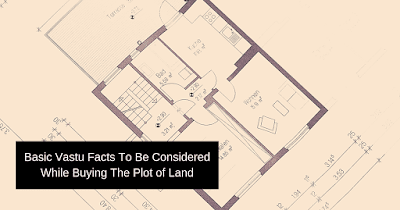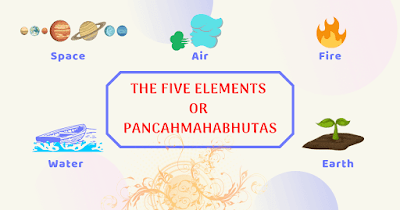Vastu for Boss’s cabin
As per the Vastu, if you need to get successful in your business or job, one of the most vital facts into consideration should be the Vastu Shastra for Boss’s cabin in office and everything related with it such as the location, direction, color, etc.To start with let us look at the seating arrangements of employees at various levels in the office. There are various branches like finance, accounts, audit, production, dispatch and numerous other departments and sub-departments.
Each department has various heads which have different roles and responsibilities. Let us would discuss the seating positions of all the department heads irrespective of whatever the department.
The people covered under this head include:
- Managing Director
- Director
- Chief Operating Officer
- Department Heads
Tips for the boss's cabin as per Vastu
- The south direction according to Vaastu Shastra is the direction associated with name, fame, popularity of the person. Especially the reputation of a person has a lot to do with the south direction.
- As the head of any organization, the boss’s cabin should in the south direction of the office. This is where the leader of the organization should be seated.
- If the south portion has some disputes, then south-west can be the second-best position for the department head. The seating of the mid-level and junior level employees should not be in this direction.
- If the MD is not present in the office, so the COO or the Director, none should be allowed to sit on his/her seat.
- Basic Vastu Shastra principle should be followed while making important decisions the MD should avoid sitting near a table with sharp or expanded designs. It is a fact that sharp and negative vibrations are emitted by sharp or pointed designs.
- Another important thing to keep in mind is the furniture of the boss should be checked from time to time and ensure that there are no broken or cuts, the chair should be intact, and rotting and changing of the furniture should be properly checked.
- The cabin of the head should have a good equilibrium of colours and shapes. This is one of the very vital aspects. The room should be a blend of light and bright colours. For example, a bright painting on a light coloured wall. The boss’s cabin should have a mix of round and square objects like clocks, table, paintings, etc.
Things to remember
- Room of office/business owner should be in south-west direction and he or she should sit facing north.
- Do not place temple or idols behind the Boss’s seat.
- There should be a concrete wall behind the boss’s seat and not any glass structure. His or her desk should be rectangular.
- While taking important decisions the MD should never sit near a table that has sharp or protruding designs. It is assumed that sharp and negative vibrations are released by sharp or pointed designs.
- Lastly, the room of the MD should have the right blend of green leafy plants. This plants will help a lot in absorbing all negative energies. These plants are responsible to take away negativity, besides these flowers spread greenery which is calming for the eyes and help a lot in soothing the minds too



